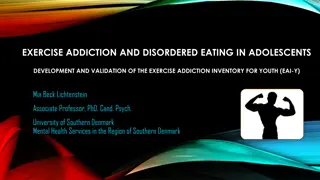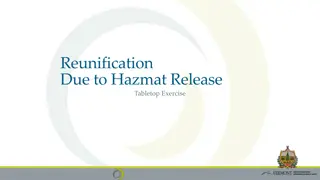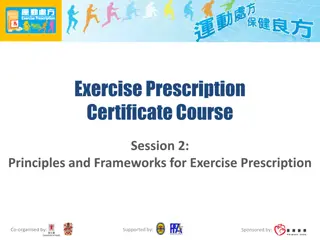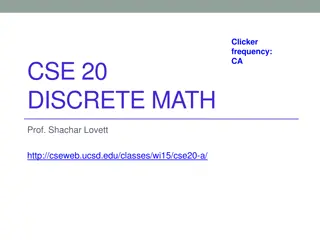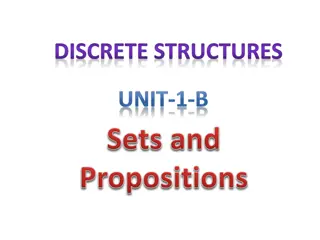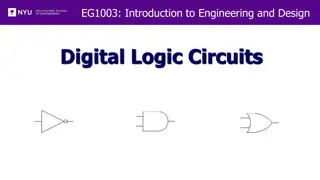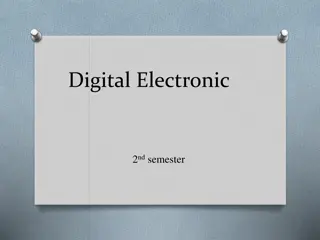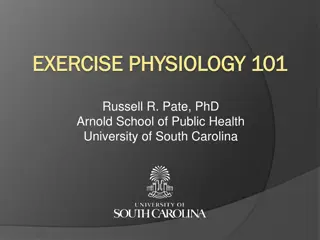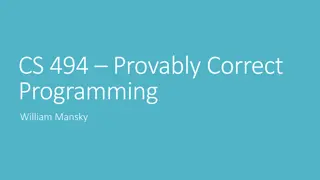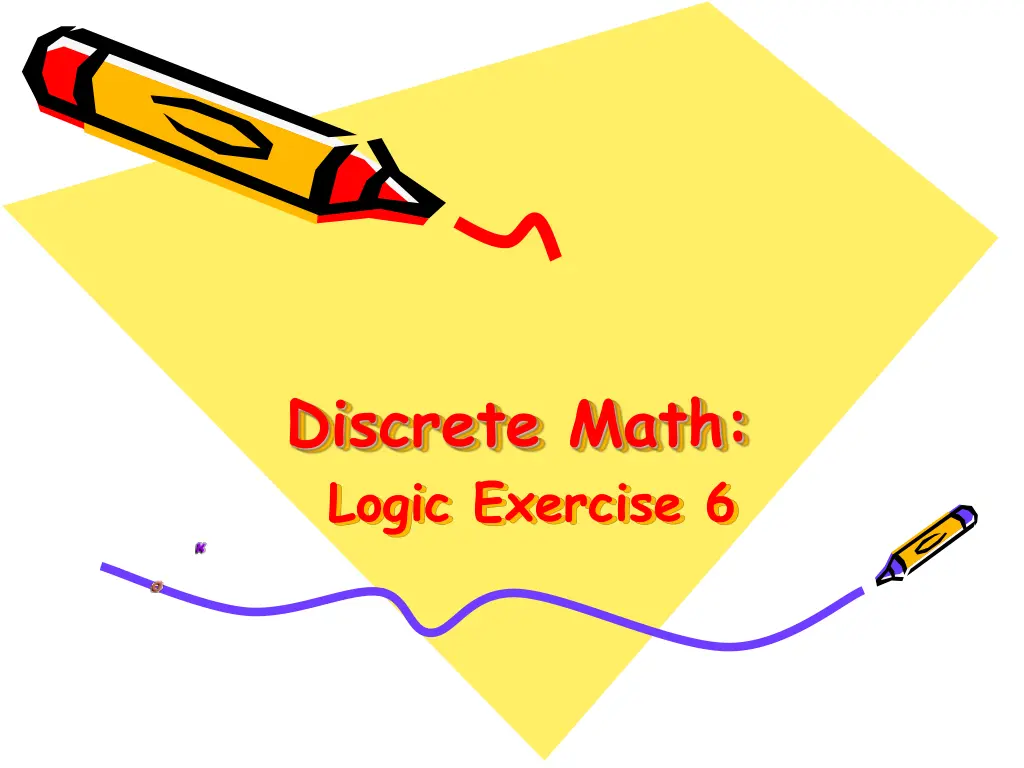
Discrete Math Logic Exercise with Propositions P and Q
Explore logical exercises involving propositions p and q such as conjunctions, disjunctions, and conditional statements. Enhance your understanding of discrete mathematics and logical connectives.
Download Presentation

Please find below an Image/Link to download the presentation.
The content on the website is provided AS IS for your information and personal use only. It may not be sold, licensed, or shared on other websites without obtaining consent from the author. If you encounter any issues during the download, it is possible that the publisher has removed the file from their server.
You are allowed to download the files provided on this website for personal or commercial use, subject to the condition that they are used lawfully. All files are the property of their respective owners.
The content on the website is provided AS IS for your information and personal use only. It may not be sold, licensed, or shared on other websites without obtaining consent from the author.
E N D
Presentation Transcript
Discrete Math: Logic Exercise 6
Exercise Let p and q be the propositions p : It is below freezing. q : It is snowing. Write these propositions using p and q and logical connectives (including negations). a) It is below freezing and snowing. b)It is below freezing but not snowing. c)It is not below freezing and it is not snowing. d)It is either snowing or below freezing (or both). e)If it is below freezing, it is also snowing. f)Either it is below freezing or it is snowing, but it is not snowing if it is below freezing. g)That it is below freezing is necessary and sufficient for it to be snowing.
Solution a) Here we have the conjunction p q. b) Here we have a conjunction of p with the negation of q, namely p q. Note that "but" logically means the same thing as "and. c) Again this is a conjunction: p q. d) Here we have a disjunction, p V q. Note that V is the inclusive or, so the "(or both)" part of the English sentence is automatically included. e) This sentence is a conditional statement, p q. f) This is a conjunction of propositions, both of which are compound: (p V q) A (p q). g) This is the biconditional p f q.
References Discrete Mathematics and Its Applications, McGraw-Hill; 7th edition (June 26, 2006). Kenneth Rosen Discrete Mathematics An Open Introduction, 2nd edition. Oscar Levin A Short Course in Discrete Mathematics, 01 Dec 2004, Edward Bender & S. Gill Williamson

